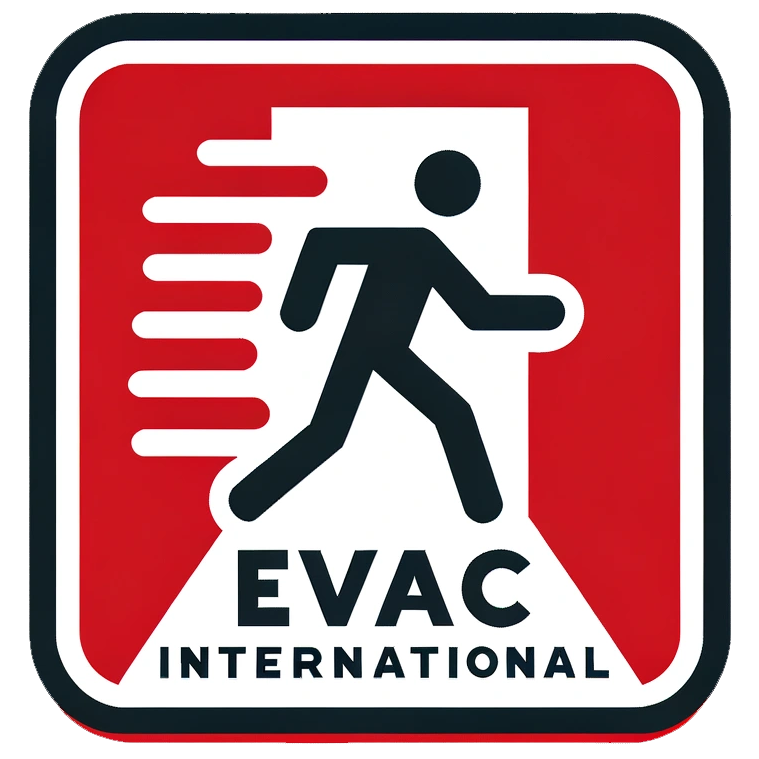In today’s world, where the threat of fire and other emergencies is ever present, it’s more important than ever for companies and public buildings to be prepared for swift and safe evacuations. As a fire safety and evacuation expert, I strongly believe that having evacuation chairs in place is essential for protecting the public in the event of an emergency. These specialized chairs can make a life-saving difference for individuals with mobility impairments, ensuring that everyone has a fair chance of escaping a dangerous situation.
When it comes to fire safety and emergency preparedness, there are countless factors to consider. From implementing fire alarms and sprinkler systems to developing comprehensive evacuation plans, building managers and safety professionals have a multitude of responsibilities. However, one aspect that is often overlooked is ensuring that individuals with mobility impairments are able to evacuate quickly and safely in the event of an emergency. This is where evacuation chairs come into play.
An evacuation chair is a specially designed piece of equipment that allows a person with mobility impairments to be safely transported down stairs during an emergency evacuation. These chairs are lightweight, portable, and easy to use, making them an essential tool for ensuring the safety of everyone in a building. By providing individuals with mobility impairments the means to quickly and safely evacuate, companies and public buildings can ensure that no one is left behind in the event of a fire or other emergency.
In many cases, traditional evacuation methods such as using elevators or being carried by others may not be feasible or safe for individuals with mobility impairments. This is where evacuation chairs offer a crucial advantage. With their sturdy construction and specialized design, these chairs provide a safe and effective means of evacuation for individuals who may have difficulty navigating stairs on their own. By incorporating evacuation chairs into their emergency preparedness plans, companies and public buildings can ensure that individuals with mobility impairments are able to evacuate in a timely and efficient manner, reducing the risk of injury or harm during an emergency situation.
From a practical standpoint, having evacuation chairs in place can also streamline the evacuation process for everyone in a building. Rather than waiting for individuals with mobility impairments to navigate stairs on their own or relying on others to carry them to safety, evacuation chairs allow for a more organized and efficient evacuation process. This not only benefits individuals with mobility impairments but also helps to expedite the overall evacuation process, ensuring that everyone can exit the building quickly and safely.
It’s important to note that the need for evacuation chairs extends beyond just fire safety. In the event of other emergencies such as earthquakes, power outages, or other situations that require a rapid evacuation, these chairs can play a critical role in ensuring the safety of individuals with mobility impairments. By having evacuation chairs readily available, companies and public buildings can demonstrate their commitment to the safety and well-being of all individuals within their facilities, regardless of their mobility status.
In addition to providing a practical solution for emergency evacuations, incorporating evacuation chairs into a building’s emergency preparedness plans also demonstrates a commitment to compliance with accessibility regulations and standards. By taking proactive steps to ensure that individuals with mobility impairments have the means to evacuate safely, companies and public buildings can show their dedication to creating an inclusive and accessible environment for all individuals.
From a legal perspective, having evacuation chairs in place can also protect companies and public buildings from potential liability in the event of an emergency. By providing a means for individuals with mobility impairments to evacuate safely, building managers and safety professionals can demonstrate that they have taken proactive steps to ensure the safety of all occupants in their facilities, reducing the risk of legal repercussions in the event of an emergency-related injury or incident.
In conclusion, as a fire safety and evacuation expert, I firmly believe that it is imperative for companies and public buildings to have evacuation chairs in place as part of their emergency preparedness plans. These specialized chairs provide a crucial means of ensuring the safety of individuals with mobility impairments during emergency evacuations, offering a practical, compliant, and potentially life-saving solution for all occupants in a building. By incorporating evacuation chairs into their emergency preparedness plans, companies and public buildings can demonstrate their commitment to the safety and well-being of all individuals, regardless of their mobility status, and ensure that they are fully prepared to respond to any emergency situation.

